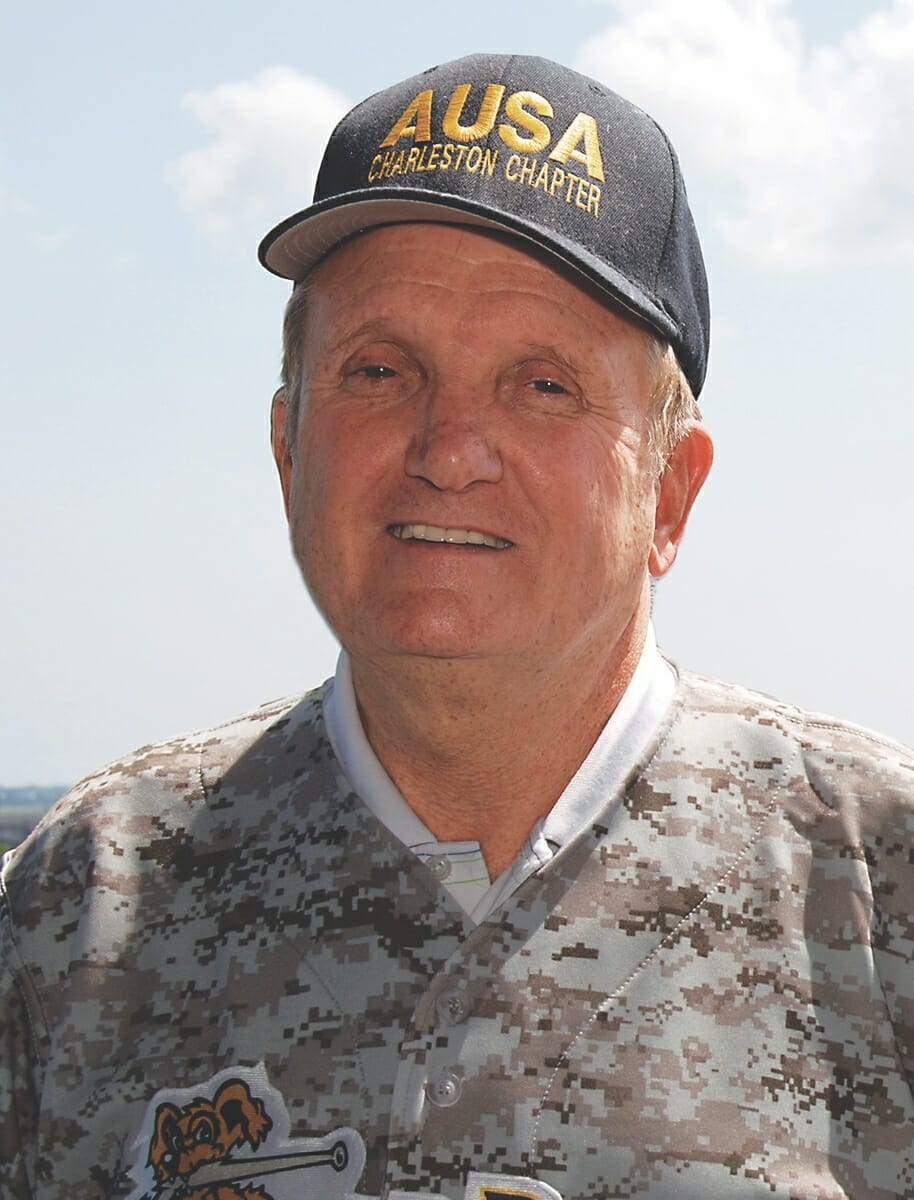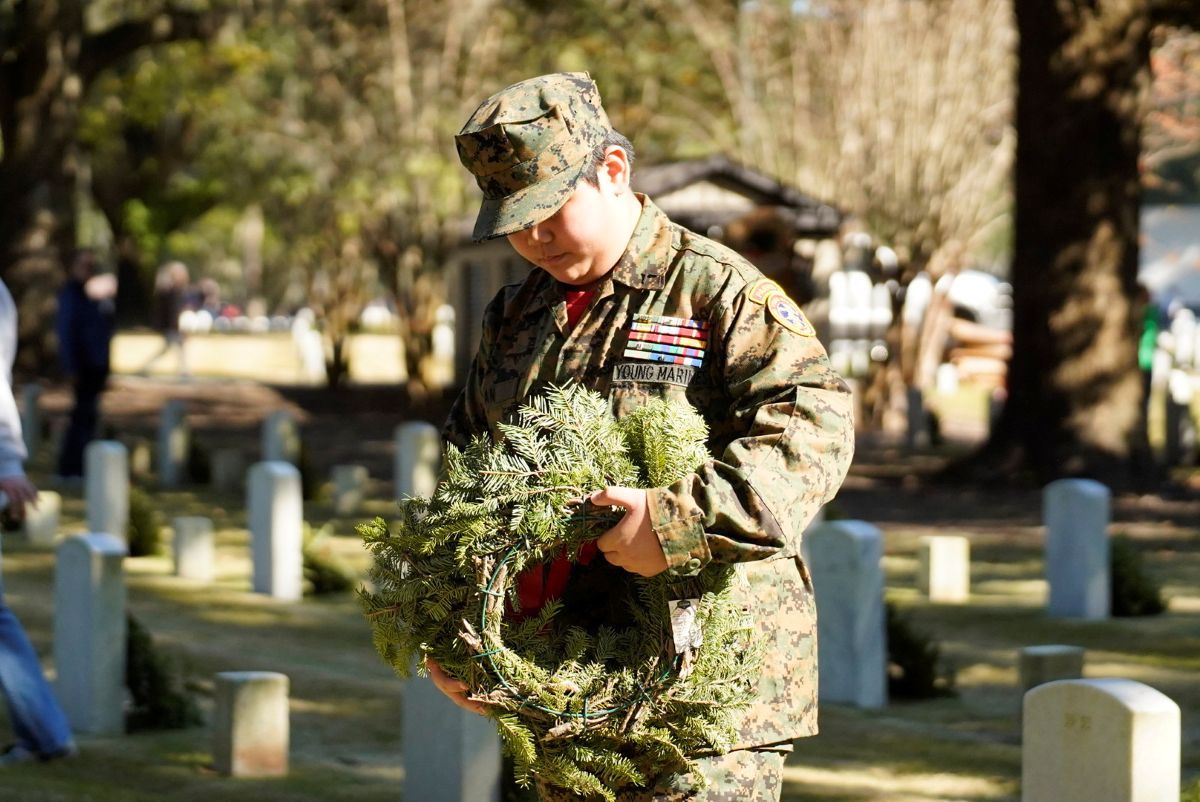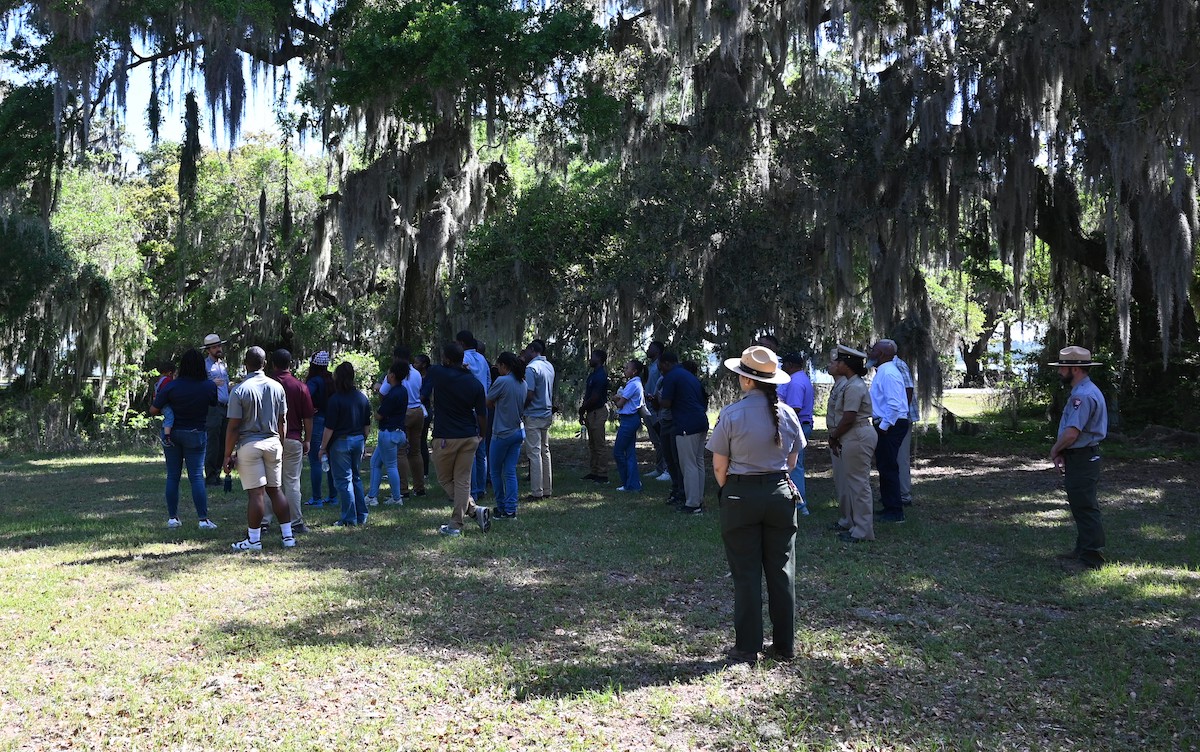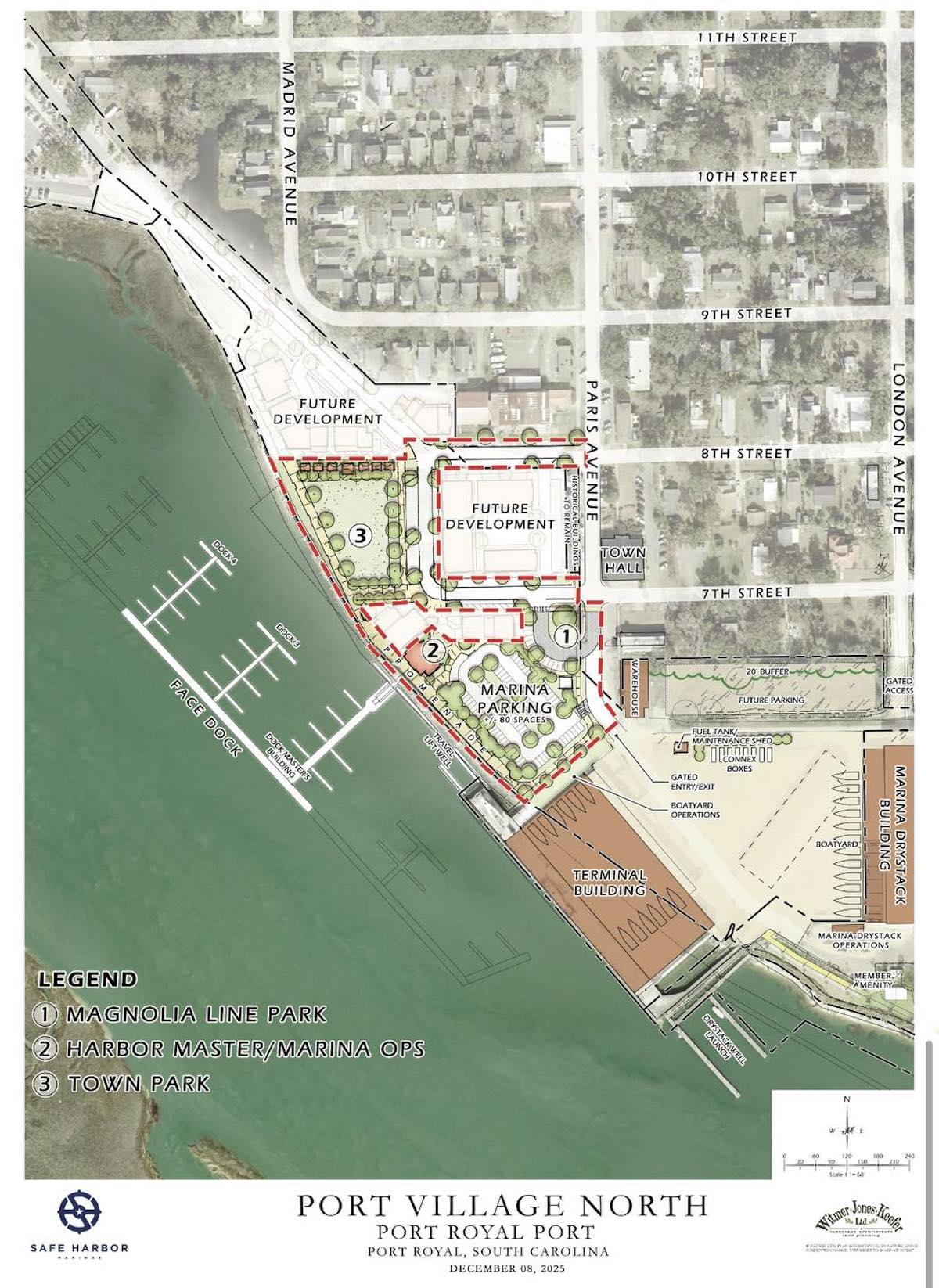By Larry Dandridge
Editor’s note: This article is the second in a series of five.
This article is Part 2 of a three-part series on Lay Witness Statements. Last week’s article (read at https://bit.ly/3ESy5PX) recommended veterans watch the VA’s YouTube Video #theSITREP “Buddy Statement” for VA Disability Service-Connection (Statement in Support of a Claim)” and read the VA web pages “About VA Form 21-4138 (Statement in Support of Claim)” and “About VA Form 21-10210 (Lay/Witness Statement).”
What the VA is looking for in a Lay Witness Statement
The veteran should explain to the Lay Witness (a person who is not a trained professional witness) that the VA is looking for a page or two that focuses on the injury, wound, illness, trauma, event, or hazardous material (HAZMAT) exposure that caused the disability. The letter should tell the VA who, what, when, where, and how the injury, illness, scar, or HAZMAT contamination injury happened. Specifically, the Lay Witness statement should be tailored to the claim and give as much information as possible, including the following:
- The witnesses’ name, address, phone, email, and relationship (Battle buddy, spouse, Chaplain, etc.) to the veteran.
- Details about the incident, event, accident that caused the injury or illness/condition (Who, What, When, Where, Why).
- Details about the injury, wound, illness, trauma, event, or hazardous material (HAZMAT) exposure/injuries (severity, frequency, and description of the injuries and symptoms),
- Details about how the injury or illness affects the veteran’s job, social, and personal life (including complaints, loss of employment, divorce, having to take breaks, use of cane, wheelchair use, medications taken, and symptoms like snoring, gasping for air, startling awakenings, sleepy and tired all day, falling/tripping, limping, nightmares, nausea, crying, threatening suicide, rashes, scars, hypervigilance, irritability, guilt, depression, anxiety, etc., etc.)
- Witness signature (Notarized if you use a simple letter).
Provide a written summary to the witness
It is wise to give the witnesses who offer to write a supporting statement for your claim for service-connection (or individual unemployability) a written summary (and pictures if you have them) of your injury, wound, illness, trauma, event, or hazardous material (HAZMAT) exposure/injury and the resulting disability. Include a detailed description of the original injuries, trauma, scars, damaged equipment/vehicle/building/helicopter/etc. or event.
Include your specific symptoms, frequency, type, and pain level (stabbing, sharp, dull, burning, etc.) or pain level from 1 to 10 (mild, moderate, severe, unbearable). Include in the summary your military unit and the date, time, and location of the original injury, wound, trauma, illness, burn, accident, or event.
Veterans can also draft the lay witness statement for the witness, but the witness must then put it in their own words based on their honest recollection and observations of the event, trauma, condition, illness, wound, injury, symptoms, and circumstances.
VA Forms or Letter
Use VA Form 21-4138, “Statement in Support of a Claim”; or VA Form 21-10210, “Lay Witness Statement”, or a (notarized) letter to the VA to provide a Lay Witness statement. The statement must be notarized if it is just a “letter” because the VA requires that the person writing it swear their testimony is the truth.
VA Form 21-4138 (Statement in Support of a Claim)
This form is frequently used by family members, spouses, battle buddies, chaplains, and other witnesses to submit written statements to support veterans’ VA disability claims. Veterans can download this form at the VA web page “About VA Form 21-4138” at https://bit.ly/3Y6KSmY. Witnesses can submit their statement online instead of sending the VA the paper form.
VA Form 21-10210 (Lay Witness Statement)
This newer form is specifically tailored for lay evidence, allowing firsthand witnesses to document their observations in support of a veteran’s claim. It provides a structured format detailing how the witness knows the veteran, what they observed, and how the disability impacts the veteran’s life.
Veterans can download VA Form 21-10210 at the VA web page “About VA Form 21-10210,” at https://bit.ly/3sPpxD8 and https://bit.ly/3NdlOqv. Witnesses can submit their statements online instead of sending the VA the paper form.
The VA 21-10210 form instructions state: “Before completing this form, read the Privacy Act and Respondent Burden on Page 3. Use this form to submit a statement as a veteran/claimant or someone writing on your behalf to support a claim. If you or someone else writing on your behalf provides additional statements to support your claim(s), please submit this form with your application.
For more information, contact the VA through Ask VA at https://ask.va.gov/ or call (the VA) toll-free at 1-800-827-1000 (TTY: 711). VA forms are available at www.va.gov/vaforms. After completing the form (and if you do not submit it online), mail it to the Department of Veterans Affairs, Evidence Intake Center, P.O. Box 4444, Janesville, Wis. 53547-4444.
It does not matter which form or if a letter is used. The specific VA form or letter the lay witness uses for a VA buddy statement is far less important than the structure and content of the statement. Honesty, facts, places, dates, times, and other firsthand observations and specific information tailored to the claim are what matter.
What the veteran hopes the Lay Witness Statement will do.
The VA “Eligibility for VA Disability Benefits” web page at https://www.va.gov/disability/eligibility/ states, “VA disability compensation provides tax-free monthly payments. You may be eligible for VA compensation if you have a service-connected condition. A service-connected condition means an illness or injury caused by or worsened because of your active military service.”
Most veterans do not have a problem proving to the VA that they have a disability because that can be documented in military, VA, and/or civilian medical records. Some veterans have difficulty proving what happened to them in service because their military medical and/or personnel records have been lost or were never created. Where most veterans run into trouble with the VA is when they try to show the causal relationship between the current disability and what happened to them in service.
Continued next week.
Larry Dandridge is a Vietnam War wounded warrior, a combat and service-connected 100% disabled veteran, an ex-Enlisted Infantryman, an ex-Warrant Officer Pilot, and a retired Lt. Col. His more than 250 articles on veterans’ benefits, leadership, logistics, hospice, law enforcement, and aeronautics have been published in more than 20 magazines and newspapers in the U.S., Germany, and England. Larry is a past Veterans Service Officer, a Patient Adviser at his local VA Hospital, a Fisher House Charleston Good Will Ambassador, and the past VP for Veteran Affairs for his local Association of the U.S. Army (AUSA) and Military Officer Association Chapters. He is currently the VFW Post Service Officer, the author of the award-winning and popular (over 250 five-star reviews) Blades of Thunder (Book One), and a contributing freelance writer with The Island News. Contact him at LDandridge@earthlink.net or 843-276-7164.











